Wind Stories

Editor’s note, Dec. 11, 2025: This story was updated to include an additional partner’s research and related release. Astronomers have been poring over a flood of data from NASA satellites and other facilities as they try to work out what…

With NASA’s fleet of heliophysics spacecraft, scientists monitor our Sun and investigate its influences throughout the solar system. However, the fleet’s constant watch and often-unique perspectives sometimes create opportunities to make discoveries that no one expected, helping us to solve…

Picture it: 1994. The first World Wide Web conference took place in Geneva, the first Chunnel train traveled under the English Channel, and just three years after the end of the Cold War, the first Russian instrument on a U.S.…
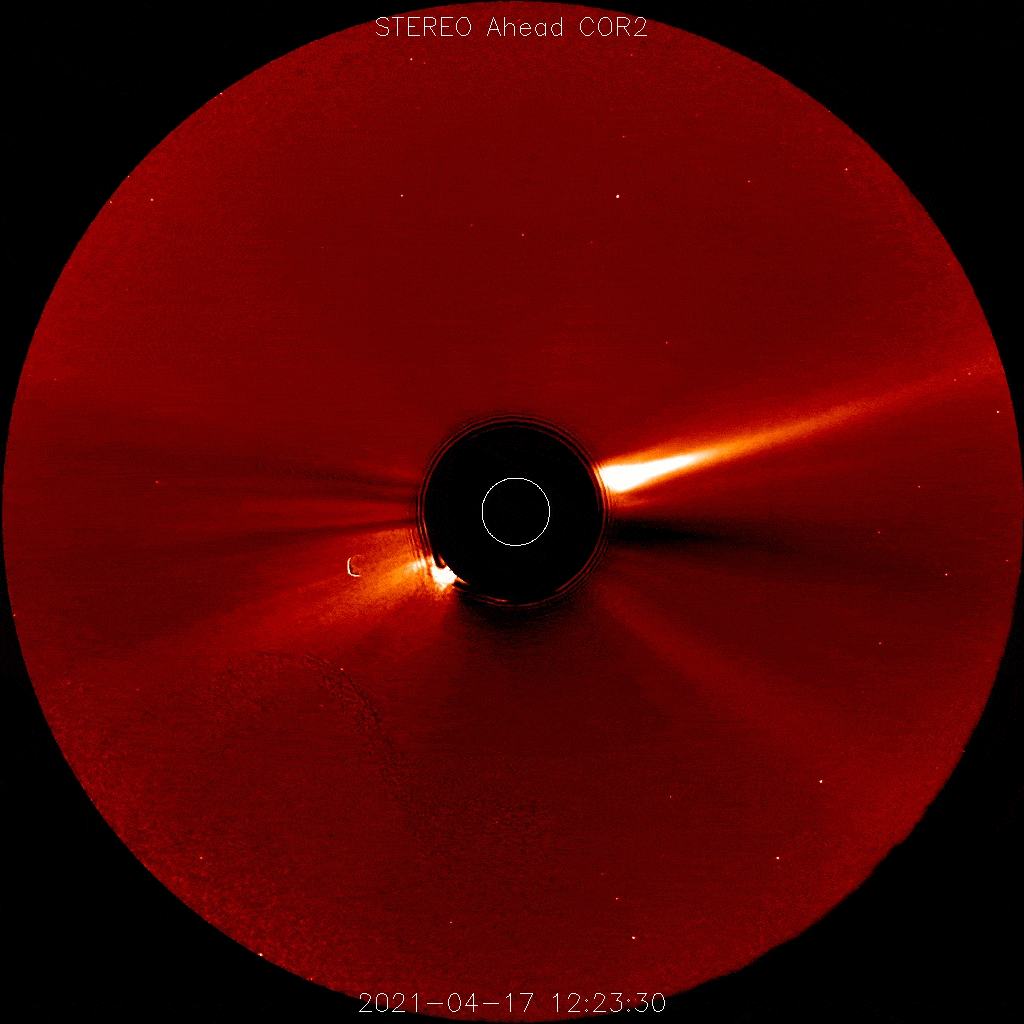
April 17, 2021, was a day like any other day on the Sun, until a brilliant flash erupted and an enormous cloud of solar material billowed away from our star. Such outbursts from the Sun are not unusual, but this…
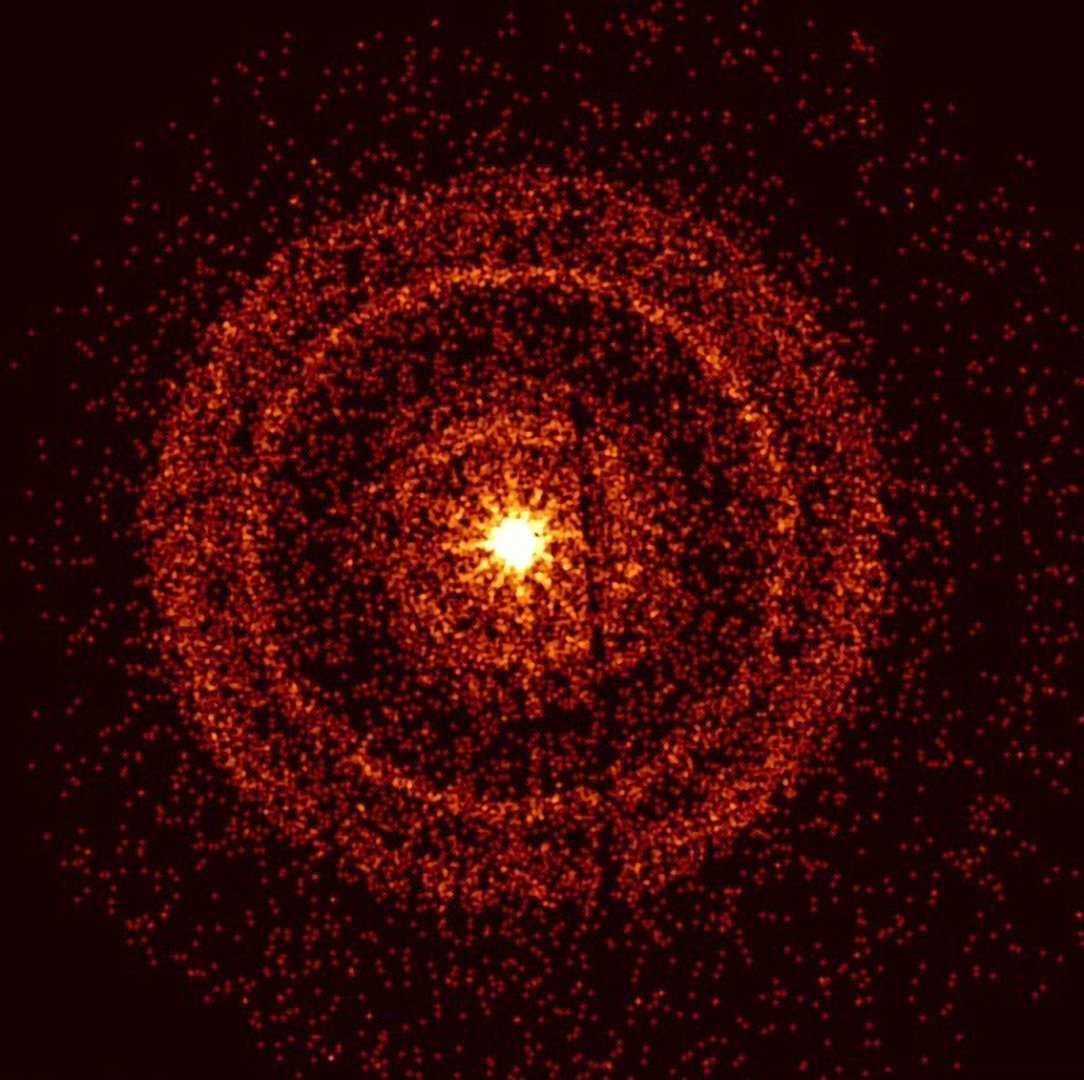
Astronomers around the world are captivated by an unusually bright and long-lasting pulse of high-energy radiation that swept over Earth Sunday, Oct. 9. The emission came from a gamma-ray burst (GRB) – the most powerful class of explosions in the…
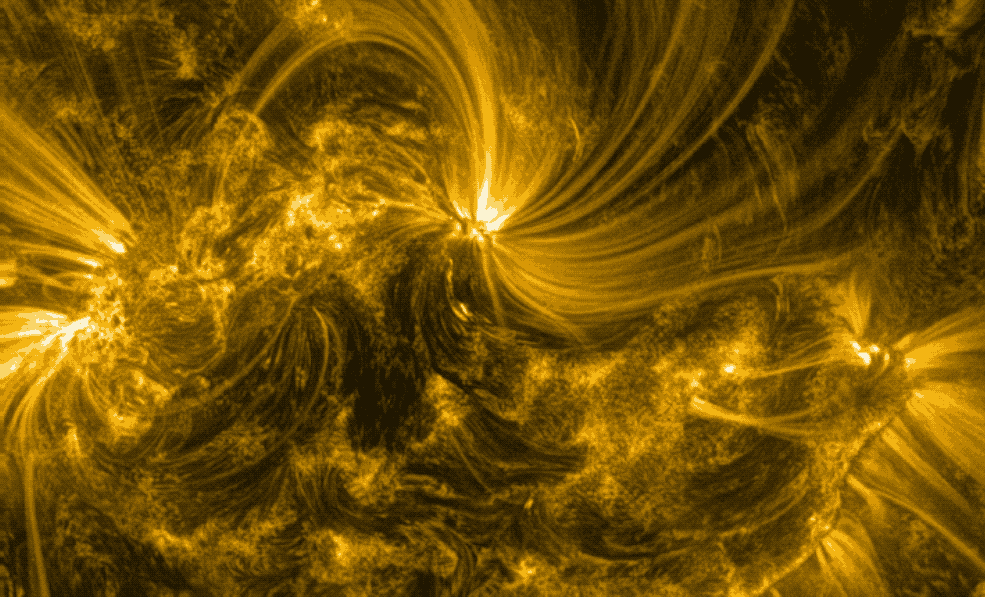
Zipping through space at close to the speed of light, Solar Energetic Particles, or SEPs, are one of the main challenges for the future of human spaceflight. Clouds of these tiny solar projectiles can make it to Earth – a…
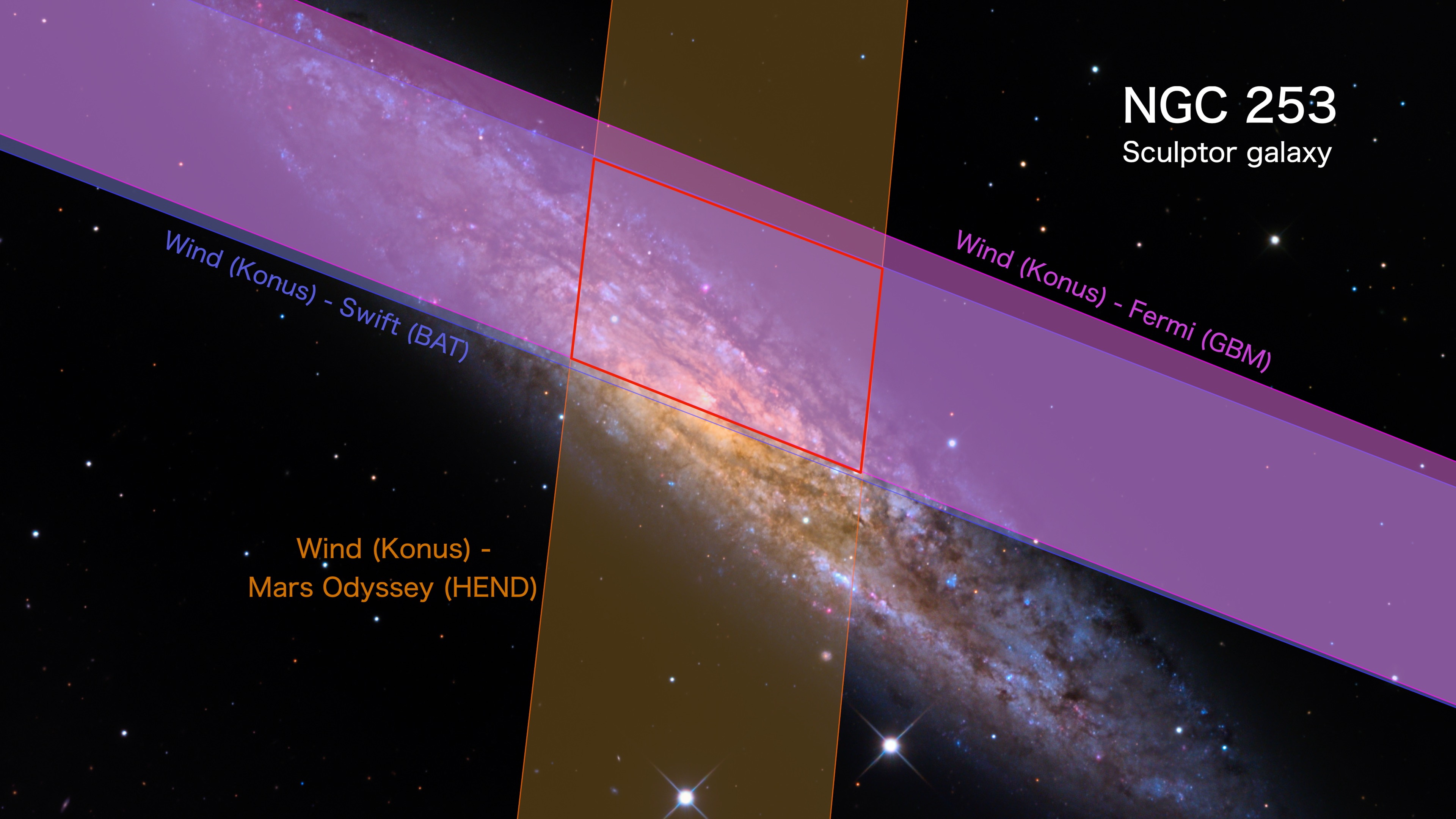
On April 15, 2020, a brief burst of high-energy light swept through the solar system, triggering instruments on several NASA and European spacecraft. Now, multiple international science teams conclude that the blast came from a supermagnetized stellar remnant known as…
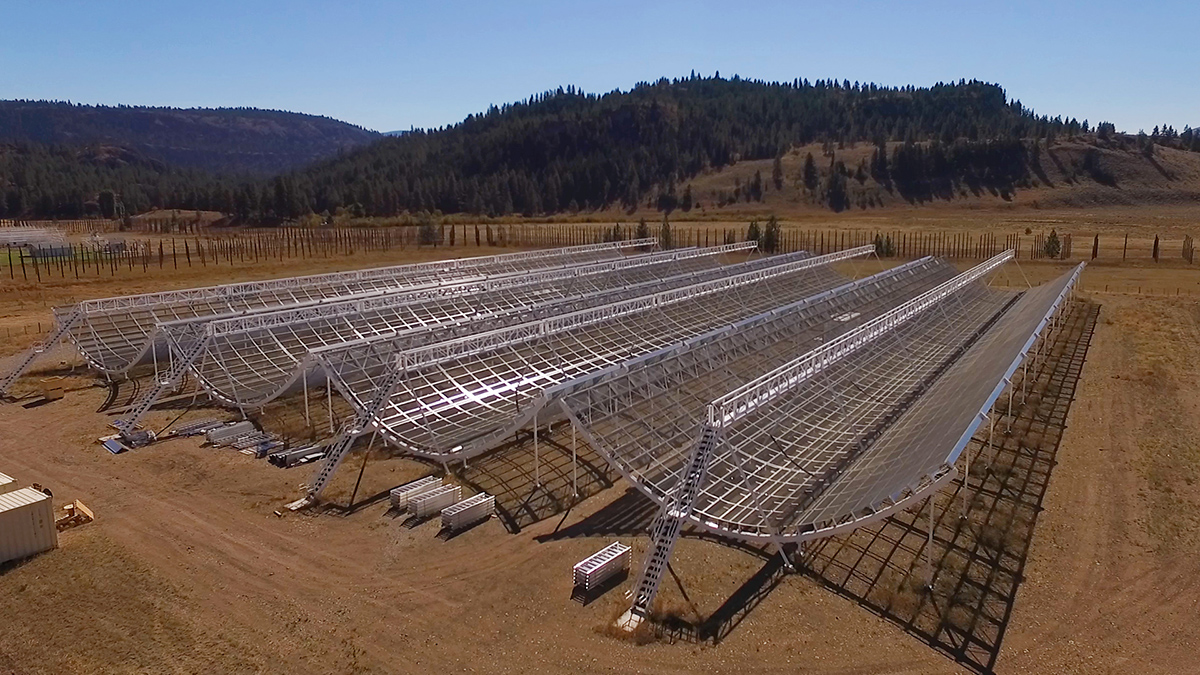
On April 28, a supermagnetized stellar remnant known as a magnetar blasted out a simultaneous mix of X-ray and radio signals never observed before. The flare-up included the first fast radio burst (FRB) ever seen from within our Milky Way…
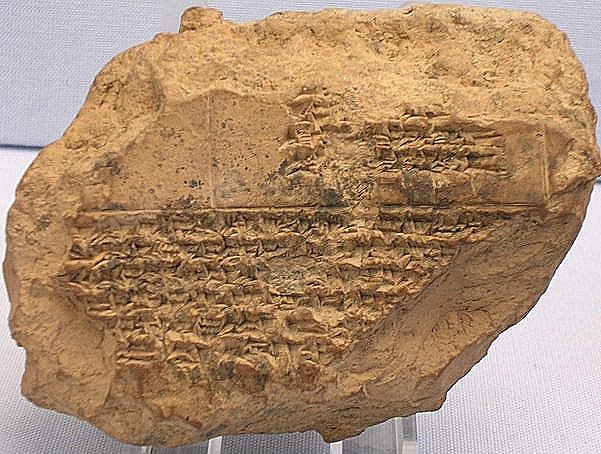
View an interactive version of this timeline. Humankind has studied the Sun for millennia. Ancient Babylonians recorded eclipses on stone tablets. Renaissance scientists peered through telescopes, tracking sunspots. Eventually we took to space, and the first satellites captured solar particles streaming past Earth.…
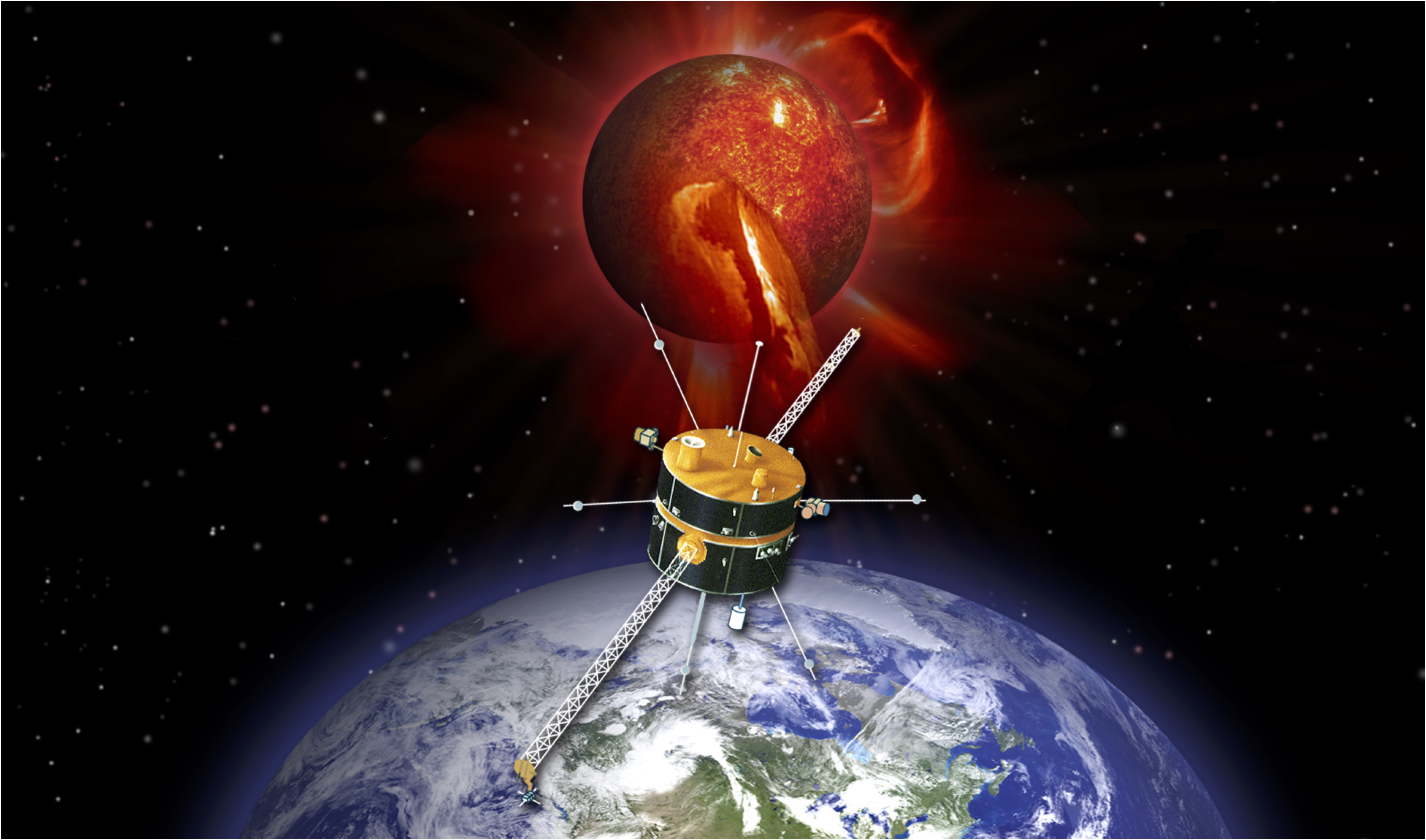
In the early 1980s, heliophysicists needed answers. They wanted to learn how to protect astronauts and assets around Earth from the potentially damaging space weather that results from our tumultuous Sun. To do that, they needed to better understand the…


























